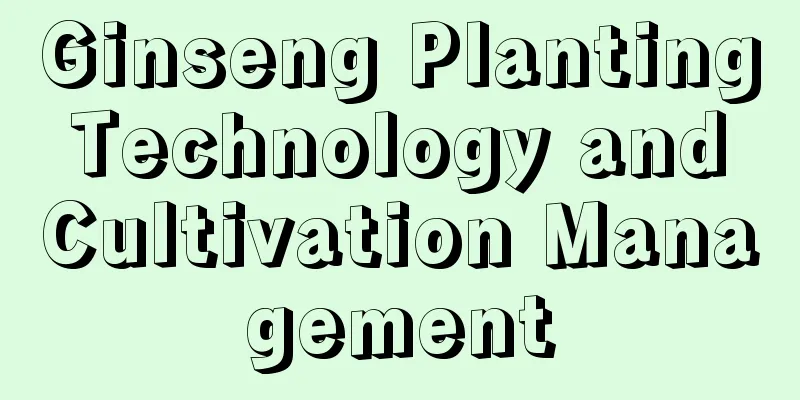Why do camellia buds fall off? (Why do camellia buds always fall off without blooming?)

Why does camellia buds fall off easily?There are many reasons why camellia buds fall off. It is recommended to treat them according to the actual situation: (1) Water imbalanceCamellias like moisture but avoid waterlogging, and they are also not drought-tolerant. Long-term waterlogging will cause yellow leaves and falling flower buds due to suffocation of the roots, while excessive drought will easily cause the flower buds to develop poorly and shrivel and fall off. Daily care and watering should best be carried out in combination with climate characteristics and soil dryness and humidity. When the weather is dry, in addition to normal watering, you can also use a spray to spray some foliar water to increase the ambient temperature. (2) Excessive temperature differenceCamellia requires a relatively stable ambient temperature when it is in bloom, and the suitable growth temperature is around 10-15℃. Abnormal or extreme weather is particularly prone to occur in late winter and early spring, such as warm winter and late spring cold snap. The temperature changes are like a roller coaster. When the ambient temperature is continuously above 20℃ or below zero for a long time, it is also easy to cause weak flower buds to fall naturally, thereby reducing the quality of flowering. Especially in an open-air environment, the temperature difference is a climatic factor and is an uncontrollable factor. Potted plants are relatively better, and the temperature difference can be minimized through human intervention. (3) Nutritional imbalanceCamellia has a long bud-growing period and requires sufficient nutrients, but it does not like concentrated fertilizers or raw fertilizers. Fertilizer damage can also cause a large number of flower buds to fall off. For daily care, you can choose relatively mild quick-acting water-soluble fertilizers or slow-release fertilizers according to the growth cycle, and apply thin fertilizers frequently. Nitrogen fertilizers are generally used during the growth period of branches and leaves, while phosphorus and potassium fertilizers are used during the bud formation and flowering periods. (4) Insufficient lightCamellias do not require full sunlight, but need to be placed in a bright, well-ventilated, diffuse light environment. Sufficient scattered sunlight is conducive to the differentiation of flower buds and promotes the continued growth of flower buds. Camellias placed indoors for a long time may also cause yellowing leaves, weak flower buds, and frequent falling off due to lack of sunlight and ventilation. |
>>: How to grow Jianlan to make it bloom (when and how to manage newly planted Jianlan to bloom)
Recommend
Throw orange and banana peels into the pot, the leaves will become fat and shiny, and they will bloom in the blink of an eye!
Orange peel will keep your flowers from turning y...
What is the reason for the yellowing of osmanthus leaves
Soil is too dry If watering is not timely, the po...
Epiphyllum diseases and pests and their control
Epiphyllum pests aphid Aphids are a common insect...
When and how to repot jasmine? Which month is the best for repotting?
Jasmine repotting time Jasmine can be repotted al...
How to make lettuce and how to fry it
1. Eat raw Lettuce can be eaten raw. Pick the let...
How to plant Osmanthus fragrans? Planting time and method
Planting time of Osmanthus fragrans Osmanthus fra...
Succulent cultivation techniques and methods
Succulent plants are unique in the plant world wi...
How to plant roses? Planting time and method
Rose planting time Roses are suitable for plantin...
How to grow green radish more vigorously in summer?
Pothos is popular for its bright green leaves and...
Should I cut the roots of orchids when repotting them?
1. Do you need to prune the roots? Whether the or...
What should I do if cucumbers only bloom but do not bear fruit?
It is a common phenomenon when growing cucumbers ...
What vegetables are suitable for planting in September? What vegetables are suitable for planting in September?
The temperature gradually becomes cooler in Septe...
How to cultivate white orchid
1. Potting soil It is best to use soil with good ...
Lavender growth environment conditions and characteristics
Lavender growth environment conditions and requir...
Do you need supplementary lighting to grow succulents indoors? (Under what circumstances do succulents at home need supplementary lighting)
It's rainy and cloudy, do the succulents at h...









